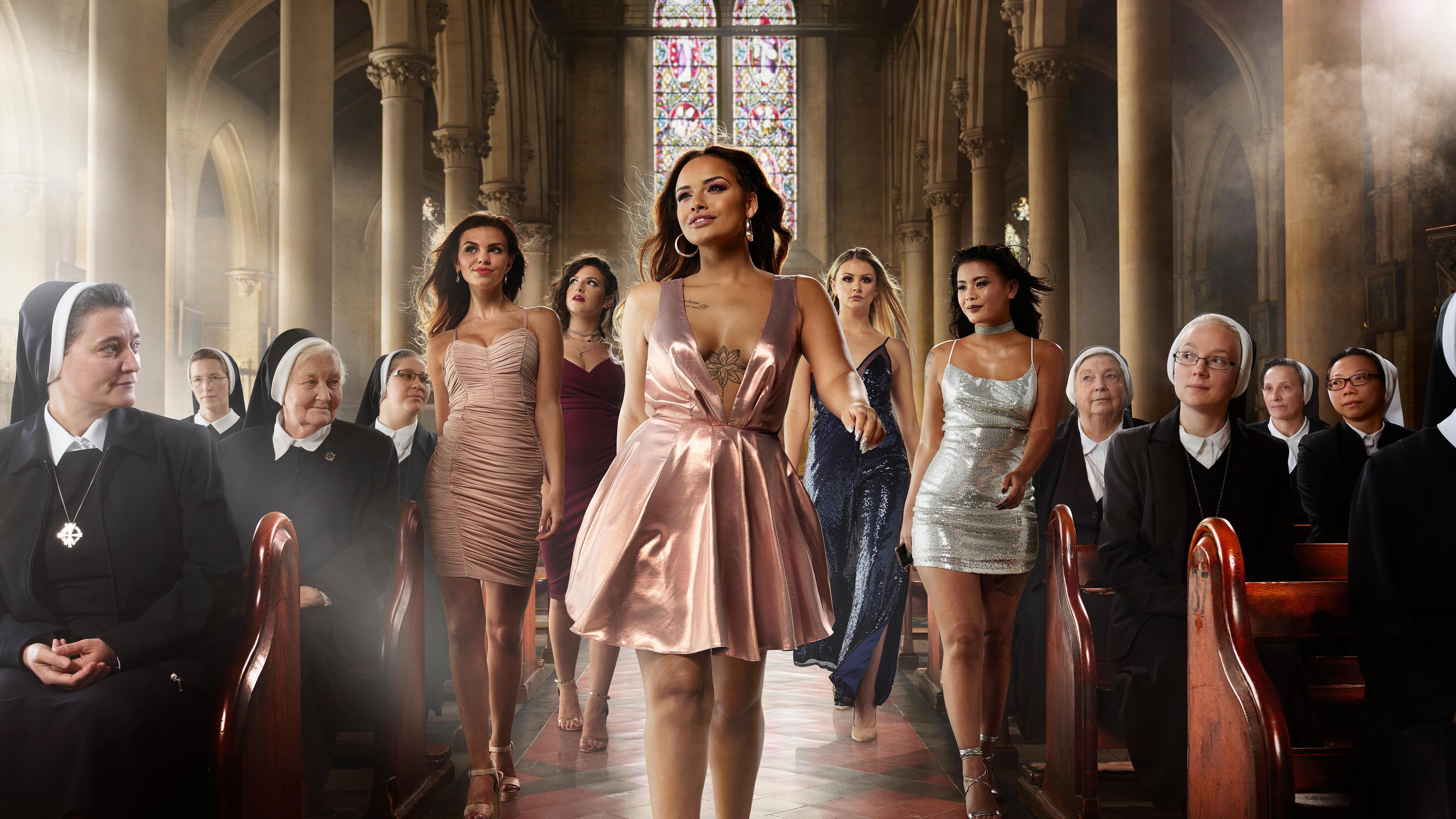How Channel 5 showed that a nunnery is more liberating than a nightclub
Not too long ago, Channel 5 released a four-part reality series called Bad Habits, Holy Orders, which paired up a group of modern, hardcore ‘party girls’ with an order of Catholic nuns in rural Norfolk. I’ve only just got around to watching this show, which first aired in late 2017, but I feel compelled to review it now nonetheless. On the off, it sounds just like any other reality show – engineered to exploit those involved and create conflict for our entertainment, with a combination that is doomed to go badly. And yet, what we actually see in this show is genuine, heart-warming bonding between the two groups and surprising transformations that make the whole thing feel worthwhile.
There are things to be taken from this show even if you are not religious and have never been to Norfolk
But then, as someone who is a Catholic and who is very at home in rural Norfolk, the fact that I liked this show should come as no surprise. That’s why, in order to review this show in a way that is worth your while, I want to go beyond unchallenged praise and address criticisms that viewers could have of the show. By using these counterarguments, I think I can show you that there are things to be taken from this show even if you are not religious and have never been to Norfolk.
First of all, some may suspect that the show carries an agenda of religious conversion, in which the nuns attempt to impress their own piety onto the girls who have no religion. However, the show is consistently clear that the journey these girls go on is very much spiritual rather than religious. The convent acts as a contrast to the lifestyles of the girls, and a way for them to glimpse a life as far from theirs as possible. There is no expectation for the girls to share in or even understand the religious worldview of the nuns – all that is expected of them is to have respect. The religiosity of the nuns is not ignored, as it does make up a huge part of their lives and their routines., but there is no concerted effort to force this upon the girls. In fact, when one sister asks if any of them are likely to ‘go to church more’ as a result of the experience, an awkward silence follows.
Another criticism I considered is one that I found in this review from The Spectator:
we’re clearly expected to accept the notion of ‘Nuns good, party girls bad’. (Old ideas of saints and sinners apparently go deep.) Yet, wouldn’t it be more honest — as well as more interesting — if the challenging of values went both ways? Might it even be possible, for instance, that one or two of the more imaginative nuns are now at least wondering whether it would necessarily be a total disaster to be a fun-seeking young hottie?
Indeed, using the girls as representative of ‘modern society’ is somewhat unbalanced, considering that they had all already identified that they were discontent from the start, making it easier for them to appear flawed against the nuns. However, the nuns really did come across as a contented bunch, and I think to have a ‘more imaginative’ nun who showed regret for her vows would have been the last thing this show needed. The apparent imbalance in this show between self-assured nuns and troubled modern girls was actually refreshing and goes towards fixing another imbalance that already exists in the media.
In modern television and film, you’d be hard-pressed to find the characterisation of a nun who is not suffering, repressed or discontent. And yet, if this series is anything to go by, this trope of the repressed nun is more a fantasy of the secular mind than a reality. In a world where we are led to believe that pleasure, sex and money are the best things in life, there is an assumption that nuns must be repressed. Whilst I do not doubt that troubled nuns exist, I think this show is powerful for challenging this assumption and showing the radiant joy that this group of nuns exude with the bare minimum of material possessions and modern pleasures.
By contrast, it is the girls who are repressed by modernity – by modern beauty standards, by social media and by a crippling desire for social validation. They find the convent to be liberating by contrast – a place where they are not judged; where they learn to have a greater sense of self-worth; and where they learn the value of helping others. Perhaps this isn’t both sides of the coin, but it is the side that is depicted least in the media, which would generally be more likely to criticise or even ridicule the lifestyle of the nuns.
And that’s the message of this series that I think is important to everyone, religious or not: it’s a reminder to respect and better understand a way of life that can seem so alien to a modern viewer. It’s a counteraction to the assumption that nuns are probably repressed and miserable. And it’s a reminder that, whether or not our lives are in the same state as the girls in this show, ‘modern life’ is far from perfect and has potential to repress and corrupt.

Comments (1)
Great review! This programme sounds so interesting, I’ll have to watch it.